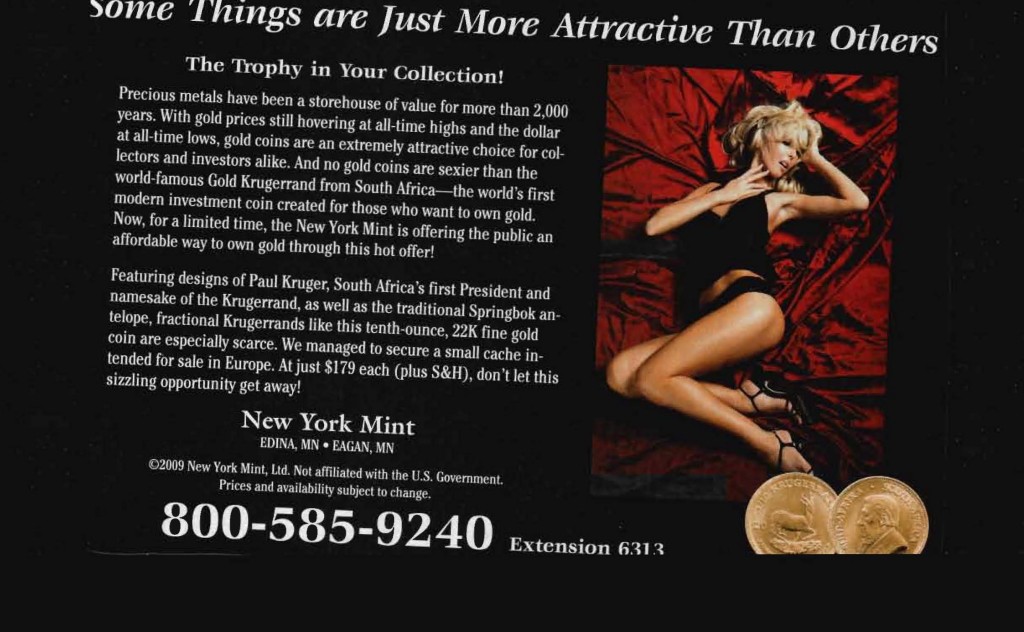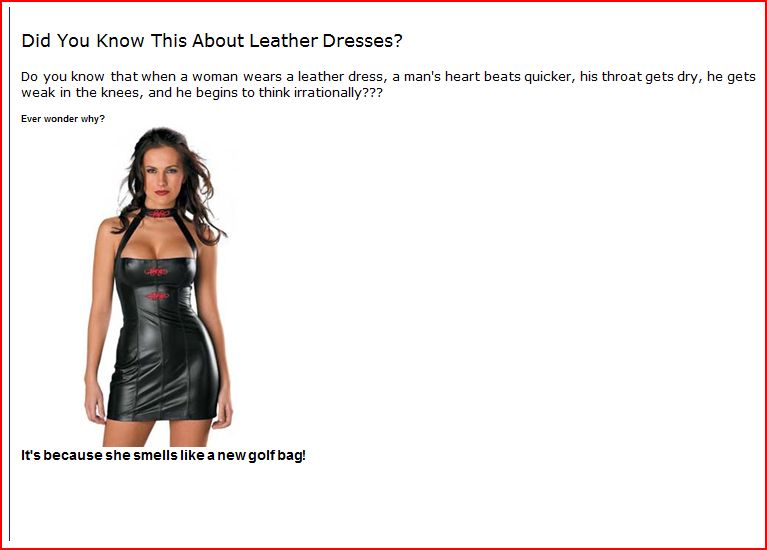I know I’ve been negligent in my posting for a few days. I was grading and busy watching old Michael Jackson videos and performances on YouTube and feeling unexpectedly sad about everything his life represented, and also the realization that people I idolized as a kid are now in their 50s.
Anyway, Sarah N. sent in a link to a story at the Mail Online about how women’s perceived attractiveness plays a part in deciding which matches will be played on the main court at Wimbledon. The organizers of Wimbledon don’t try to hide the fact that the appearance of the competitors is taken into account when scheduling matches:
…the All England Club admitted that physical attractiveness is taken into consideration. Spokesman Johnny Perkins said: ‘Good looks are a factor.’
Some women who were scheduled to play on Center Court, the main area, and their world rankings:
World No. 45 (unseeded) Gisela Dulko

World No. 59 (unseeded) Maria Kirilenko

No. 28 seed Sorana Cirstea

Women who played on the other courts, with their rankings:
No. 5 seed Svetlana Kuznetsova

No. 2 seed Serena Williams:

Attractiveness doesn’t seem to play such a factor in scheduling the men’s matches:
In the men’s tournament, five-times winner Roger Federer and British hope Andy Murray invariably play on Centre.
The scheduling of women by perceived attractiveness may have something to do with attracting television viewers. A comment from a BBC television employee:
But obviously it’s advantageous to us if there are good-looking women players on Centre Court…Our preference would always be a Brit or a babe as this always delivers high viewing figures.
Of course, it’s nothing new that female athletes are judged on their appearances as well as their athletic abilities. Female athletes have often felt pressure to meet conventional standards of beauty. This isn’t just about looks; it’s also about doing heterosexual femininity. Female athletes have long been suspected of being lesbians, particularly if they did not seem to actively seek male sexual approval. In fact, WNBA players have been encouraged to wear make-up and jewelry, have their hair long, and bring up their boyfriends, husbands, and/or children to prove their heterosexuality. Thus, in the end women’s appearances, and willingness to play up their gender in an approved way, often trumps their athletic accomplishments in a way that male athletes don’t usually face.
Other posts about female athletes and attractiveness are here, here, here, here (watch the second video), here, and here.










